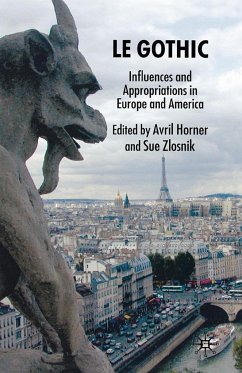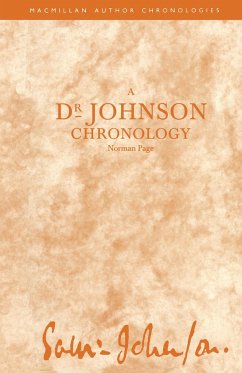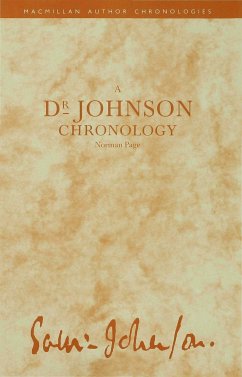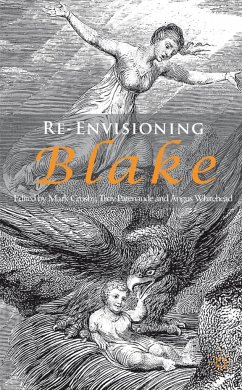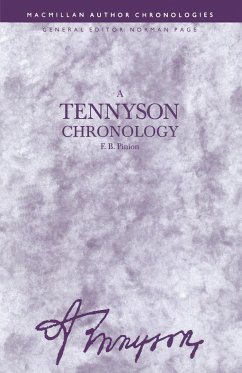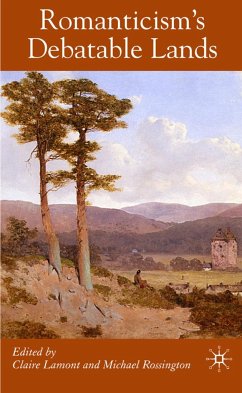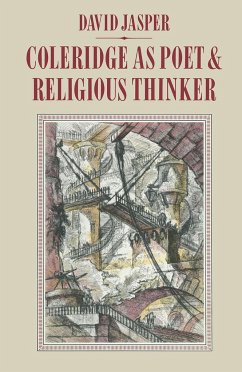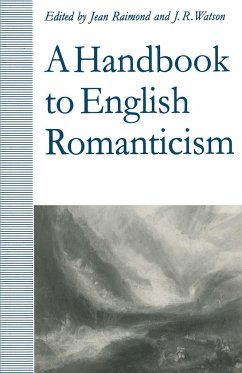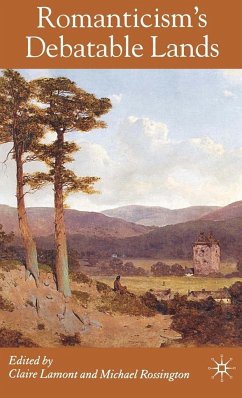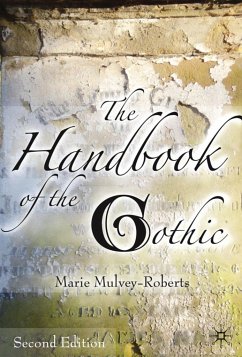
Le Gothic
Influences and Appropriations in Europe and America
Herausgegeben: Horner, Avril; Zlosnik, S.
Versandkostenfrei!
Versandfertig in 6-10 Tagen
38,99 €
inkl. MwSt.
Weitere Ausgaben:

PAYBACK Punkte
19 °P sammeln!
This new collection of essays by major scholars in the field looks at the ways in which cross-fertilization has taken place in Gothic writing from France, Germany, Britain and America over the last 200 years, and argues that Gothic writing reflects international exchanges in theme and form.





